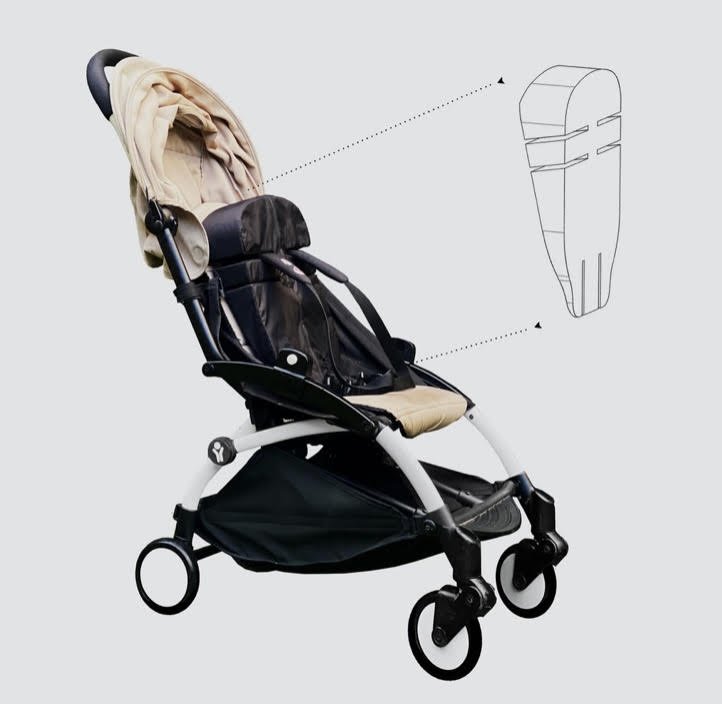The importance of posture in infants
When it comes to posture, your mama knew best. Her reminders to stop slouching were good advice.
It’s not until an issue such as lower back pain occurs as an adult that many of us begin to look into posture. And we rarely think about it for little ones.
Good posture provides not only physical health, but importantly, mental health. When the spine is aligned correctly, less stress is placed on the joints, bones and ligaments holding the spinal joints together and this allows the muscles to work more efficiently.
Incorrect spinal development from an early age can affect both fine and gross motor skills and their development through childhood.
As important, if not more, are the effects on mental and psychological health. Improving posture can help young children stay more focused, more energised and develop more self-confidence.
How important is posture for babies and young children?
Posture is a habit. Developing healthy habits regarding posture are important for babies as soon as they can sit up. If we can instil good postural habits in our babies from a young age we can prevent many problems further down the line.
The bone, joint and muscle health problems start arising as soon as gravity exerts its effect on bones and joints. What good posture does is it helps distribute this evenly.
It is particularly important for little ones to be aware of good posture because the habits they develop can go on for a lifetime. Over time, this can cause structural anatomical changes to occur and raise their risk of having pain and/or injury to their bones, joints and muscles.
Problems with posture in reclined prams
Poor positioning
Evidence-based research (Nachemson and Elfstrom, 1970) has shown that the optimal seating position to achieve lowest pressure on intervertebral discs is a backrest angle of 90°. Any angle greater than this can cause uneven pressure on intervertebral discus and lead to long term spinal problems. When babies sit in a reclined pram, their spine is at an angle greater than 100-110 degrees.
2. Muscle imbalance
The problem arises when the reclined backrest of the pram becomes a stimulus for little ones to lean back rather than use their own muscles to remain upright (Body and Posture LLC). This leads to the usual spine muscles not being strengthened as baby grows and can also lead to muscular imbalance, activating certain muscle groups (e.g. abdominals) incorrectly.
3. Decreased interactions with the surrounding world
Infants develop more and more curiosity about the world as they grow. An infant sitting in a reclined pram is more likely to stare at the sky than interact and engage with the world around them.
What are solutions to poor pram posture?
The Wedge, an ergonomic pram cushion that helps prevent bad posture
Coupling good posture with active movements in order to optimise the health benefits. This involves minimising time in the pram and pairing pram use with intervals of movement to encourage mobility and independence.
Using an ergonomic pram cushion to provide the correct pram seating position for little ones. Read more about the scientific, medical research behind the Wedge here.
“The Wedge provides an optimal seating position for spinal development for babies 6 months of age”
- Dr Roosinovich, UK paediatrician, member of The Royal College of Paediatrics and Childs Health
Encouraging all above principles of good posture from an early age. Above all, it is important to not sit your baby up before they have both good head and back control, and only when they show confidence and readiness in themselves.
By Dr. Perkins, Founder of Eyas, UK Medical Practitioner





